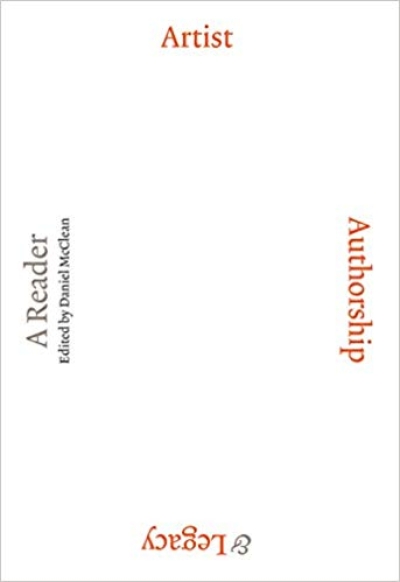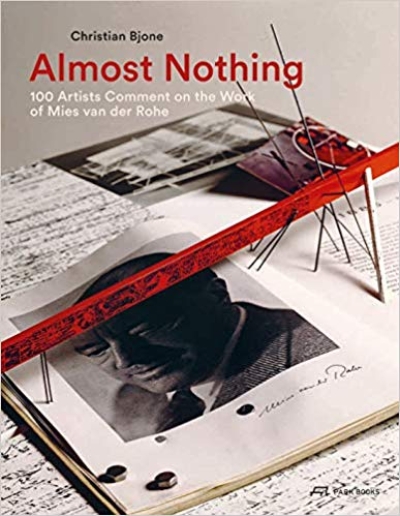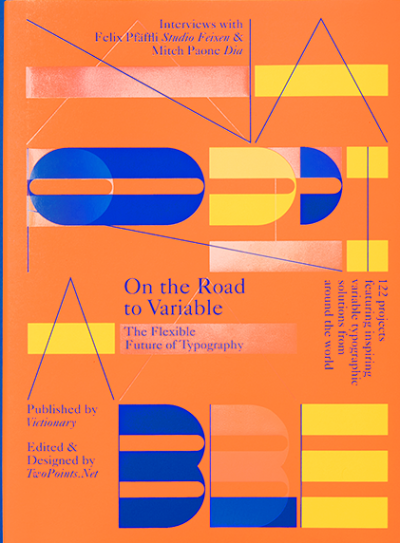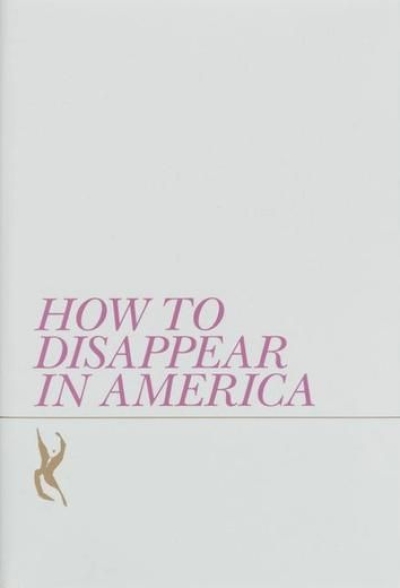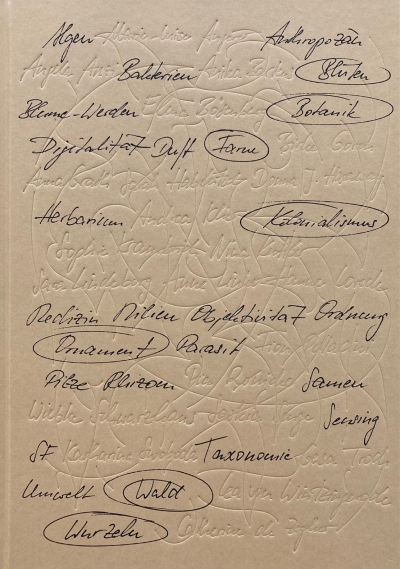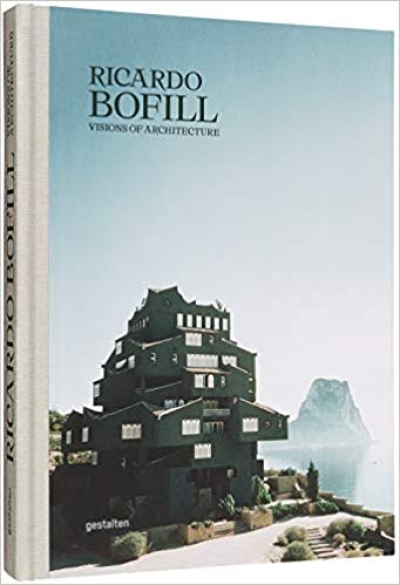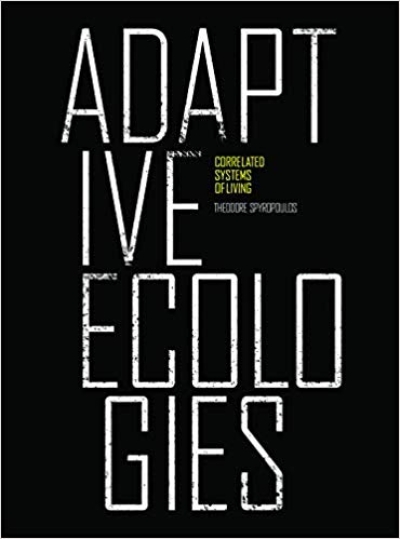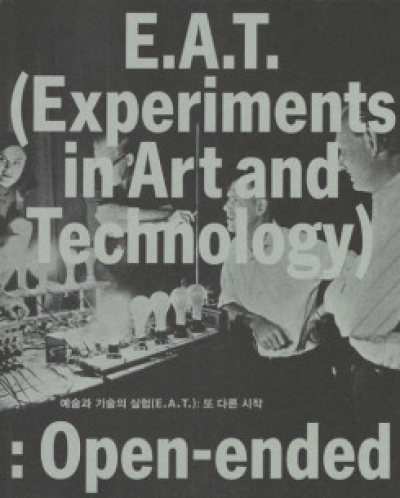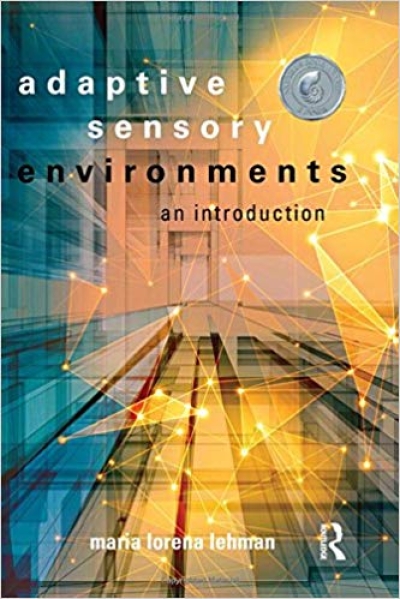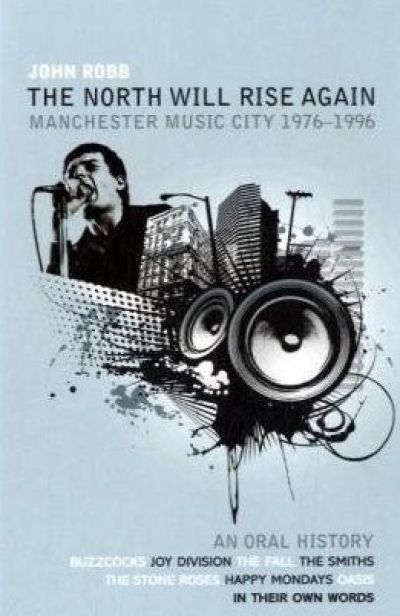
The North Will Rise Again. Manchester Music City 1976-1996
The Buzzcocks. Joy Division. The Fall. The Smiths. The Stone Roses. The Happy Mondays. Oasis. Manchester has proved to be an endlessly rich seam of pop-music talent over the last 30 years. Highly opinionated and usually controversial, stars such as Mark E. Smith, Morrissey, Ian Brown and the Gallagher brothers have always had plenty to say for themselves. Here, in John Robb's new compilation, Manchester's gobbiest musicians tell the story of the city's thriving music scene in their own words. When the Buzzcocks put on the Sex Pistols at Lester Free Hall in 1976, they kickstarted a musical revolution and a fervent punk scene exploded. In 1979 the legendary Tony Wilson founded Factory Records, the home of Joy Division/New Order and later the Happy Mondays. The Hacienda, the Factory nightclub, became notorious in the late 1980s as a centre of the influential Madchester scene, led by the Mondays and the Stone Roses, with a unique style and sound of its own. Then, from the ashes of Madchester rose uber-lads Oasis, the kings of Britpop and the biggest UK band of the 1990s. Full of great characters, fierce conflicts, untold stories and seething controversies, Manchester In Its Own Words is indispensable reading for any music fan. John Robb is a leading music journalist and the author of the bestselling biography of the Stone Roses. His other books include Punk: An Oral History, The Charlatans ...We Are Rock and The Nineties: What the F**k Was That All About?
Highly opinionated and usually controversial, stars such as Morrissey, Ian Brown and the Gallagher brothers have always had plenty to say for themselves. Here, in dozens of new interviews conducted especially for John Robb’s compelling new book, Manchester’s gobbiest musicians tell the story of the city’s thriving music scene in their own words. Full of great characters, fierce conflicts, surprising stories and seething controversies, The North Will Rise Again is indispensable reading for any music fan.
Armed with the sharpest hair and biggest brothel creepers in rock, John Robb crashed his way into music journalism firing off Robb’s Reports for Sounds while gigging with The Membranes in the late Eighties. Having always been a musician himself – he currently fronts Gold Blade – and being possessed of a rapid-fire wit and a thirst for pop culture, he made the ideal frontline reporter, picking up every new movement as it happened and coining phrases for them that have passed into the lexicon. At the London launch for this book at The Boogaloo on 13 May, interviewer Ann Scanlon, a former Sounds staffer herself, pointed out that it was John who not only invented ‘Britpop’ (“For the La’s,” John explained, “it was a play on the Britcore cover we’d had the week before, but it was where I thought we were headed next…”) but also ‘Grunge’ (“I used that word so much you kept having to sub it out of my copy…”).
A Blackpool native, John came of age in the Manchester of Buzzcocks and Joy Division, and his love for his adopted home city shines forth in this tome with a passion to rival Peter Ackroyd’s for London. “If Johnny Marr was wearing a certain coloured sock in a certain year,” he told the Boogaloo audience, “I want to know why.” This is his second oral history, the first being a blockbuster tome on punk to rival Legs McNeil and Gillian McCain’s classic US odyssey Please Kill Me, but charting the sonic progress of Manchester has done nothing to narrow his vision. Here is a book as brimming with enthusiasm and knowledge as the man himself – not to mention all the names you’d hope to hear from and plenty more who were crucial players but never got to have their say before.
Although the book is titled 1976-1996, John begins his journey in the coffee bars of the Sixties, when The Beatles were into Oasis – which was, at the time, the biggest venue for bands in Manchester – and DJ Roger Eagle began spinning the sounds of Black America that would come to be known as Northern Soul. The contents of his record collection would resonate down the years, firing “the city’s prime movers for decades”.
Indeed, obsessive collectors provide the wellspring of Manchester’s musical fecundity. “I… flicked back to a squat in Hulme in the early Eighties,” Tony Wilson reminisces. “ACR’s place or somewhere similar, and there on this floor with no carpet and little furniture were 200 albums. And in those albums will be the entire Parliament/Funkadelic catalogue, and 20 Brazilian samba albums, and German metal noise albums. That’s the key to all of this.”
Manchester’s architecture gives rise to further possibilities. “Tony Wilson and friends took over the old WISS, a West Indian bus driver’s club in Hulme, in the shadow of a crescent, and renamed it the Factory,” explains Gina Sobers. “We weren’t hip enough to link it with Andy Warhol’s organisation. It just sounded like an apt name for a club in an industrial wasteland…” As does its willingness to embrace the outsider, give succour to the freaks – and search for new ideas to devour. Pete Shelley and Howard Devoto’s epic journey to London to find The Sex Pistols and bring them back home is a magical confluence of coincidence and chutzpah that results in a rapid bloom of creativity not just in Manchester but throughout the whole of the North.
The trajectory may be familiar from the films 24 Hour Party People and Control, but Robb achieves some major scoops from his interviewees in this telling of the tale, perhaps the most important being the constant voices of Morrissey and Johnny Marr, describing their first teenage meetings at Slaughter and the Dogs gigs and their actual relationships to that overlooked band, and, with great poignancy, the moment of revelation that began The Smiths.
“…with Johnny it was instantly right and we were instantly ready,” says Morrissey of their first rehearsal. “I had no doubt that Johnny was the moment, and I was grateful that nothing had ever happened for me earlier on.”
“…my life and his just became unstoppable,” concurs Marr. “I had more than I hoped for and so did he, and our hopes were fucking high… but I still got more than I bargained for, and so did he.”
Smiths fans will find this book invaluable for reason alone that Robb has got more insight from this dynamic duo than any available biography of the band, a reflection of both his insider status and the depth of insight into of his subject. Aficionados of Buzzcocks, Magazine, Joy Division/New Order, Happy Mondays, Stone Roses and Oasis will likewise be delighted with the quality and quantity of the anecdotes evinced and documented here.











